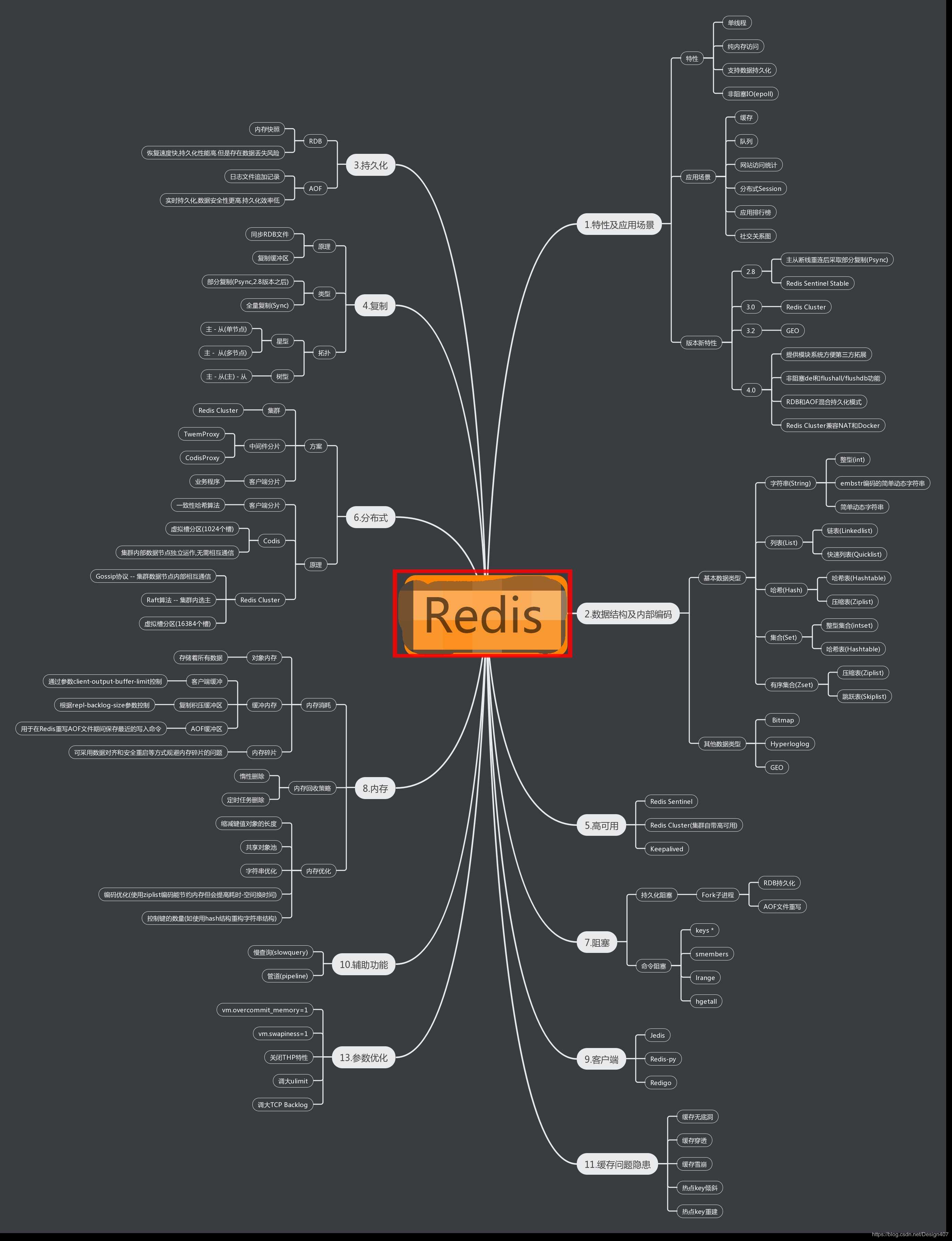通过两个坐标系对应点计算转换关系
Hi,大家好,我是编程小6,很荣幸遇见你,我把这些年在开发过程中遇到的问题或想法写出来,今天说一说通过两个坐标系对应点计算转换关系,希望能够帮助你!!!。
通过两个坐标系对应点计算转换关系
应用
三维重建方法通常会自己估计相机的 R,T 矩阵,这些矩阵定义了一个世界坐标系,在使用客观的评估方法如Middlebury来评估精度时,需要使用评估方法提供的相机的 R,T 矩阵,这些矩阵定义了另外一个世界坐标系,两者通常会有尺度、旋转、平移的差别,这就需要在坐标系之间进行转换。
方法主要来源
- Nghia Ho博客
- 维基百科:Transformation_matrix
- 代码所在文件夹名称:rigid_transform_3D
问题描述
尺度相同
两个相同尺度的世界坐标系可以通过 R,T 进行转换,计算转换关系需要知道双方 N 个对应点的坐标,设为
A,B
H=∑Ni=1(PiA−centroidA)(PiB−centroidB)T
[U,S,V]=SVD(H)
R=VUT
T=−R∗centroidA+centroidB
其中 centroidA 和 centroidB 是 A,B 的平均中心。
尺度不同
当两个坐标系尺度不同时, R 的计算同上,设两者的尺度倍数为
λ
λ=average∥(A−centroidA)∥∥(B−centroidB)∥
等量关系变为
(B−centroidB)=1λR(A−centroidA)
对以上等式进行化简得:
B=1λRA−1λR∗centroidA+centroidB
因此最终要求的旋转矩阵和转移矩阵分别为 (1λRA) 和 (−1λR∗centroidA+centroidB)
如何得到对应点坐标
以上方法的最重要的问题是如何得到对应点集 A,B 。一个具有 R,T 的相机,其相机中心在世界坐标系中的位置为 pos=−RTT′ ,分别计算出相机在两个世界坐标系下的位置,就可以得到一组对应点。
matlab核心代码
尺度相同的代码
Nghia Ho博客里的方法未考虑尺度,其核心代码为:
%计算平均中心点
centroid_A = mean(A);
centroid_B = mean(B);
N = size(A,1);
H = (A - repmat(centroid_A, N, 1))' * (B - repmat(centroid_B, N, 1)); [U,S,V] = svd(H); R = V*U';
if det(R) < 0
printf('Reflection detected\n');
V(:,3) = -1*V(:,3);
R = V*U';
end
t = -R*centroid_A' + centroid_B';
detr=det(R)作者的解释是:
There’s a special case when finding the rotation matrix that you have to take care of. Sometimes the SVD will return a ‘reflection’ matrix, which is numerically correct but is actually nonsense in real life. This is addressed by checking the determinant of R (from SVD above) and seeing if it’s negative (-1). If it is then the 3rd column of V is multiplied by -1.
if determinant(R) < 0
multiply 3rd column of V by -1
recompute R
end ifAn alternative check that is possibly more robust was suggested by Nick Lambert, where R is the rotation matrix.
if determinant(R) < 0
multiply 3rd column of R by -1
end if尺度不同的代码
centroid_A = mean(A);
centroid_B = mean(B);
N = size(A,1);
H = (A - repmat(centroid_A, N, 1))' * (B - repmat(centroid_B, N, 1)); A_move=A - repmat(centroid_A, N, 1); B_move=B - repmat(centroid_B, N, 1); A_norm=sum(A_move.*A_move,2); B_norm=sum(B_move.*B_move,2); %计算尺度平均值 lam2=A_norm./B_norm; lam2=mean(lam2); [U,S,V] = svd(H); R = V*U';
if det(R) < 0
printf('Reflection detected\n');
V(:,3) = -1*V(:,3);
R = V*U';
end
%计算最终的旋转矩阵与平移向量
t = -R./(lam2^(0.5))*centroid_A' + centroid_B';
R = R./(lam2^(0.5));
detr=det(R)结果验证与误差计算
使用 A 和计算出的
R,T
P=[RT 01]
[B1 1]=P[A1]
err=1N∥B−B1∥
matlab核心代码是:
A2 = (ret_R*A') + repmat(ret_t, 1, n);
A2 = A2';
% Find the error
err = A2 - B;
err = err .* err;
err = sum(err(:));
rmse = sqrt(err/n);
disp(sprintf('RMSE: %f', rmse));
disp('If RMSE is near zero, the function is correct!');一些思考
- 在思考尺度的影响时,直接用脑子想不太容易,而列出等量关系式之后进行化简,关系就清晰了;
- 搜索解决方法时,用中文几乎搜不到,最后使用英文关键字corresponding points才搜到方法;
- 将点集减去平均值点,其实就是将两个点集的一个对应点的坐标设置在了一起,即都为[0,0,0],这样只要做相应的旋转就可以是两个坐标系重合,用来计算 R ,之后再使用一对对应点计算
T
今天的分享到此就结束了,感谢您的阅读,如果确实帮到您,您可以动动手指转发给其他人。
上一篇
已是最后文章
下一篇
已是最新文章







